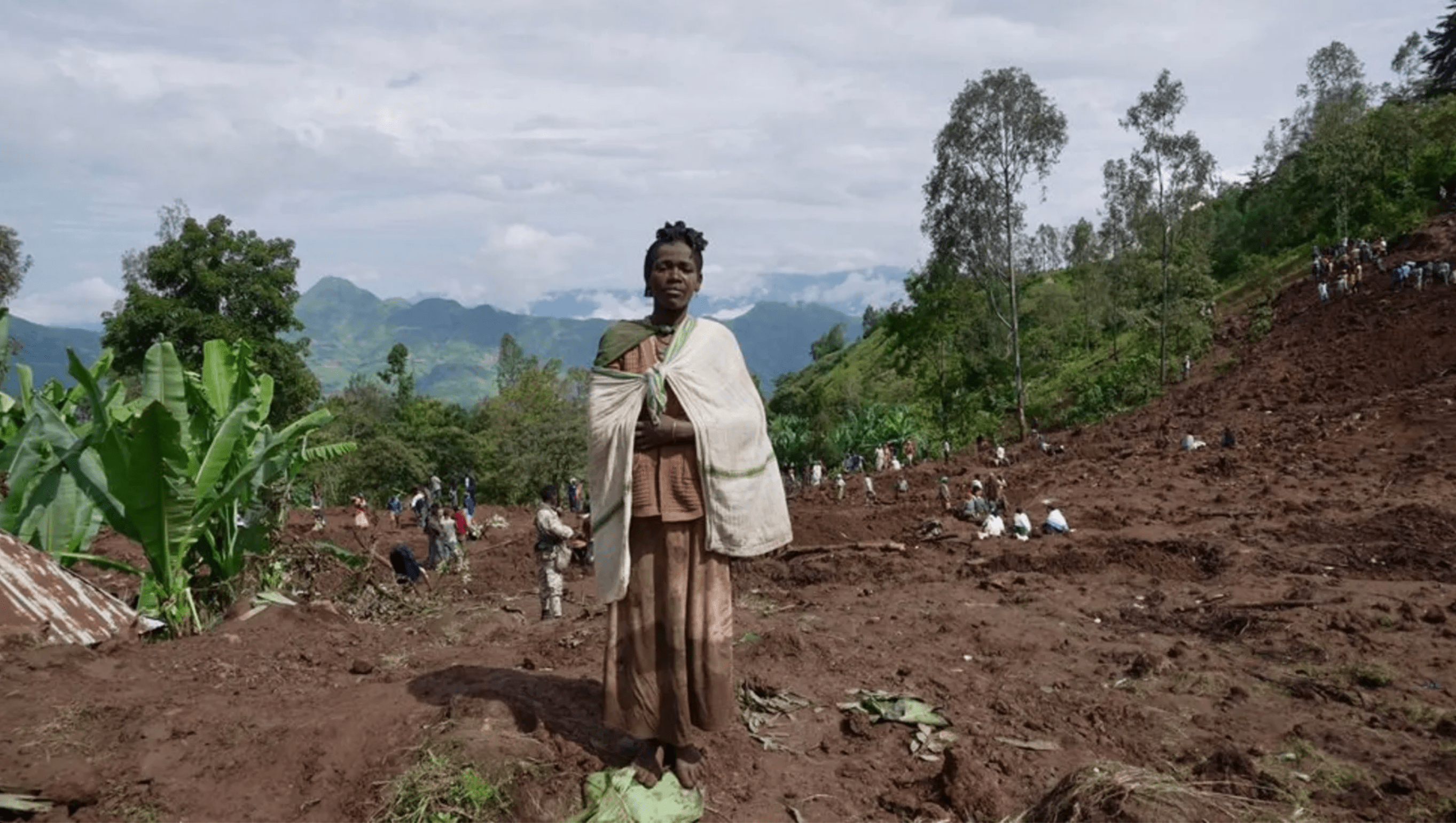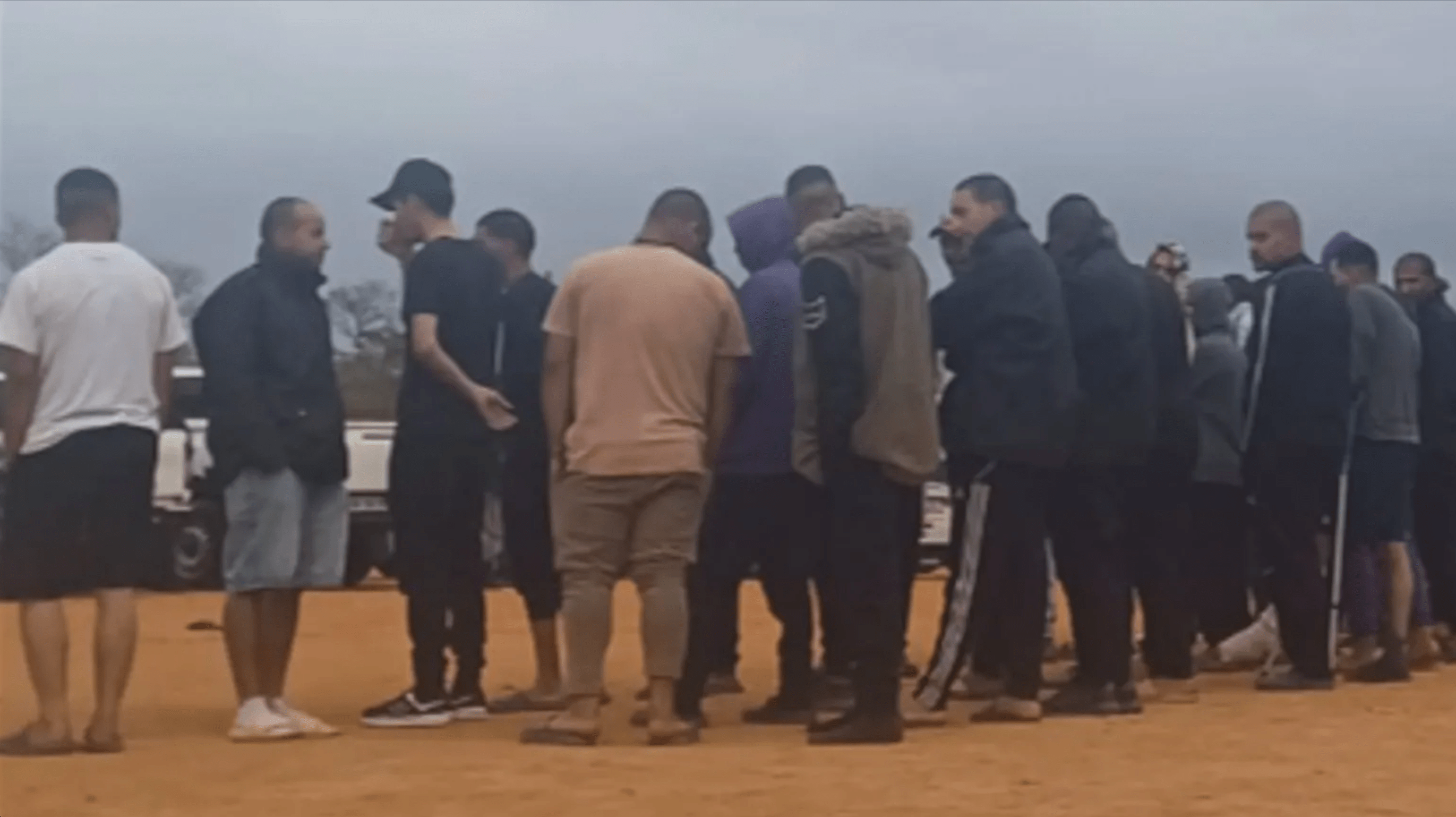DADAAB, Kenya – One lives in a mud-and-stick hut with her family in arid east Kenya. The other has a bathroom of roughly the same size in Brussels.
The young Ethiopian refugee may not have a lot in common with the Microsoft executive, but she hopes the latter will help her to get an education. “We don’t have enough books.We have to share one textbook for the whole class,” 13-year-old Jerusalem Alem, dressed in a green headscarf, shyly tells some of the world’s top executives as they visit her makeshift classroom in remote savannah.”We need more teachers, desks and classrooms.”In a drive to raise funds, the United Nations High Commissioner for Refugees (UNHCR) took powerful businessmen and women to refugee camps in Kenya, Tanzania and Burundi earlier this month.Hundreds of thousands of people scratch a living in the camps after fleeing war and chaos in their countries.Without a flow of donations, the Geneva-based refugee body has to approach UN member countries for money every year to carry out its operations.But the agency is finding it hard to raise cash as demand for aid for other humanitarian crises rises.This year, UNHCR got US$800 million (about N$4 960 million) in pledges but has a budget of $1,4 billion (about N$8,7 billion).”Our donors continue to be generous but we are finding it more difficult to meet the need,” deputy high commissioner Wendy Chamberlin told Reuters at Dadaab, where most of the 140 000 refugees in three camps are Somali.”That has put us in a funding crunch in 2006 and we anticipate it to go to 2007.”SHOCKING The visitors included managers from software giant Microsoft, pharmaceuticals firm Merck, auditor PricewaterhouseCoopers and sporting goods company Nike.At Dadaab, the first leg of their tour, they saw dusty hospital rooms where mothers give birth on a rusty bed covered by an old tarpaulin.”Shocking is the only way to describe (the living conditions in the camps),” said Jeffrey Sturchio, Merck’s vice president for external relations for the Middle East and Africa.The executives belong to the Council of Business Leaders for UNHCR, a fundraising body launched at the World Economic Forum in January 2005.Nike has already donated US$430 000 (about N$2,7 million) for a pilot project in Dadaab’s camps, supporting education for girls.At the Midnimo Primary School, children sit at rickety desks surrounded by walls of flattened cooking oil cans.Muslim girls, wearing loose fitting uniforms and headscarves, now make up roughly a third of the school population.The number improved after Nike’s donation was used to build separate latrines for girls in all of Dadaab’s schools.Strict conservative mores dictate that girls cannot share toilets with boys, barring many from schools with few toilets.A hand-painted sign outside a block of five latrines proudly reads ‘Sponsored by Nike’ – all for only $50.Nike has also facilitated the construction of more classrooms and paid for scores of teachers, who before averaged one for about 95 pupils.Inside a dusty tin-walled classroom, the visitors sit on wooden desks, listening to the children’s stories.Abdikadir Noor Farah (18) talks of having to care for his mentally ill brother since they fled fighting in Somalia.Many say they go to school hungry.All have ambitions.”I am a geography student but you can see my surroundings, I can’t get to see other parts of the world,” said Paul Parach Majak, a 21-year-old pupil in grade seven, usually a class for 13-year-olds.”How can you help me do that?” A reply comes from Patrick De Smedt, Microsoft’s chief executive for the Middle East and Africa, who promises to look into helping out with software for the school.CHEWING KHAT The executives say they want to help.De Smedt is moved when he compares the size of his bathroom to the mud huts around him.The Kenyan government maintains a strict encampment policy, which restricts refugees to camps in desolate corners of the country where temperatures can rise to 45 degrees Celsius (110F).This means the refugees cannot engage in economic activity and computer access remains a dream for children like Majak.The 138 863 refugees living in Dadaab – more than half are under 18 – are totally reliant on UNHCR for daily sustenance.Twice a month, the agency gives out food, usually maize, beans and cooking oil.The families say the rations rarely last until the next hand-out.Women carry water in jerry cans on their heads from central water distribution points all over the camp.Most of the men spend their time chewing the stimulant Khat leaf.Other than playing volleyball and soccer, the young refugees have nothing to fill their time with.Many of the young men experiment with drugs while the girls marry early.”It breaks my heart to see the suffering here in Dadaab.I can’t accept it,” Chamberlin said.”We are talking survival for many people out here.”- Nampa-Reuters”We don’t have enough books.We have to share one textbook for the whole class,” 13-year-old Jerusalem Alem, dressed in a green headscarf, shyly tells some of the world’s top executives as they visit her makeshift classroom in remote savannah.”We need more teachers, desks and classrooms.”In a drive to raise funds, the United Nations High Commissioner for Refugees (UNHCR) took powerful businessmen and women to refugee camps in Kenya, Tanzania and Burundi earlier this month.Hundreds of thousands of people scratch a living in the camps after fleeing war and chaos in their countries.Without a flow of donations, the Geneva-based refugee body has to approach UN member countries for money every year to carry out its operations.But the agency is finding it hard to raise cash as demand for aid for other humanitarian crises rises.This year, UNHCR got US$800 million (about N$4 960 million) in pledges but has a budget of $1,4 billion (about N$8,7 billion).”Our donors continue to be generous but we are finding it more difficult to meet the need,” deputy high commissioner Wendy Chamberlin told Reuters at Dadaab, where most of the 140 000 refugees in three camps are Somali.”That has put us in a funding crunch in 2006 and we anticipate it to go to 2007.”SHOCKING The visitors included managers from software giant Microsoft, pharmaceuticals firm Merck, auditor PricewaterhouseCoopers and sporting goods company Nike.At Dadaab, the first leg of their tour, they saw dusty hospital rooms where mothers give birth on a rusty bed covered by an old tarpaulin.”Shocking is the only way to describe (the living conditions in the camps),” said Jeffrey Sturchio, Merck’s vice president for external relations for the Middle East and Africa.The executives belong to the Council of Business Leaders for UNHCR, a fundraising body launched at the World Economic Forum in January 2005.Nike has already donated US$430 000 (about N$2,7 million) for a pilot project in Dadaab’s camps, supporting education for girls.At the Midnimo Primary School, children sit at rickety desks surrounded by walls of flattened cooking oil cans.Muslim girls, wearing loose fitting uniforms and headscarves, now make up roughly a third of the school population.The number improved after Nike’s donation was used to build separate latrines for girls in all of Dadaab’s schools.Strict conservative mores dictate that girls cannot share toilets with boys, barring many from schools with few toilets.A hand-painted sign outside a block of five latrines proudly reads ‘Sponsored by Nike’ – all for only $50.Nike has also facilitated the construction of more classrooms and paid for scores of teachers, who before averaged one for about 95 pupils.Inside a dusty tin-walled classroom, the visitors sit on wooden desks, listening to the children’s stories.Abdikadir Noor Farah (18) talks of having to care for his mentally ill brother since they fled fighting in Somalia.Many say they go to school hungry.All have ambitions.”I am a geography student but you can see my surroundings, I can’t get to see other parts of the world,” said Paul Parach Majak, a 21-year-old pupil in grade seven, usually a class for 13-year-olds.”How can you help me do that?” A reply comes from Patrick De Smedt, Microsoft’s chief executive for the Middle East and Africa, who promises to look into helping out with software for the school.CHEWING KHAT The executives say they want to help.De Smedt is moved when he compares the size of his bathroom to the mud huts around him.The Kenyan government maintains a strict encampment policy, which restricts refugees to camps in desolate corners of the country where temperatures can rise to 45 degrees Celsius (110F).This means the refugees cannot engage in economic activity and computer access remains a dream for children like Majak.The 138 863 refugees living in Dadaab – more than half are under 18 – are totally reliant on UNHCR for daily sustenance.Twice a month, the agency gives out food, usually maize, beans and cooking oil.The families say the rations rarely last until the next hand-out.Women carry water in jerry cans on their heads from central water distribution points all over the camp.Most of the men spend their time chewing the stimulant Khat leaf.Other than playing volleyball and soccer, the young refugees have nothing to fill their time with.Many of the young men experiment with drugs while the girls marry early.”It breaks my heart to see the suffering here in Dadaab.I can’t accept it,” Chamberlin said.”We are talking survival for many people out here.”- Nampa-Reuters
Stay informed with The Namibian – your source for credible journalism. Get in-depth reporting and opinions for
only N$85 a month. Invest in journalism, invest in democracy –
Subscribe Now!






